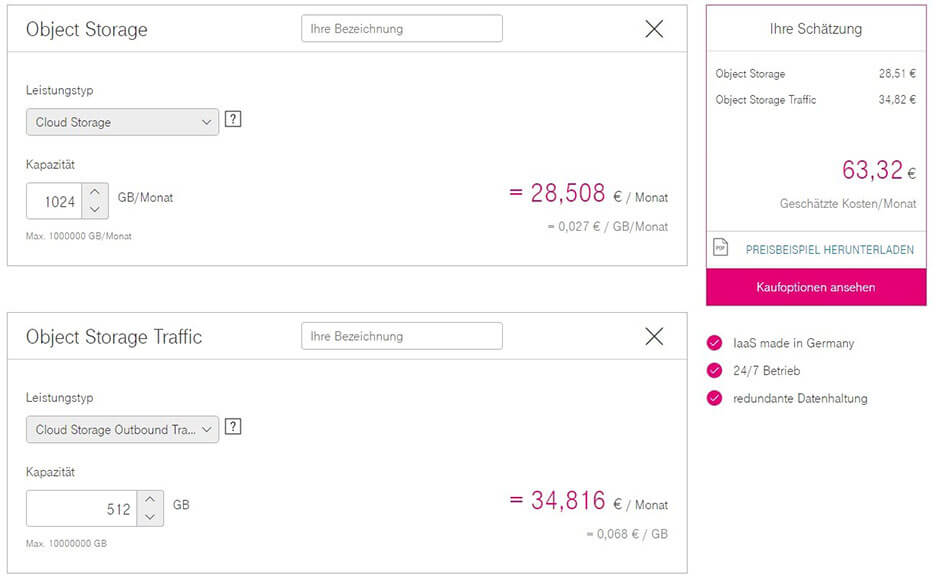This article focuses on several issues:
- What is the difference between block storage and object storage?
- What are the benefits of block storage?
- Cloud computing with the Open Telekom Cloud?
Just a few years ago, people normally stored data on local hard drives. However, the spread of networks connecting every walk of life and the breakneck speed of cloud computing's rise have meant that conventional storage systems are being eclipsed by modern solutions. More and more companies are shifting their IT to the cloud (54% of firms in Germany already use cloud services) and local storage options are coming under increasing pressure as a result of big data, so it's clear that new solutions are needed. Today, we no longer think in terms of gigabytes – instead, data is stored in huge quantities that can only be measured in terabytes or even petabytes. Object storage is a relatively young form of technology that adds further impetus to this rapid shift. But what is it exactly?

